Cómo leer un informe de laboratorio: Comparación entre THCA real y cáñamo pulverizado
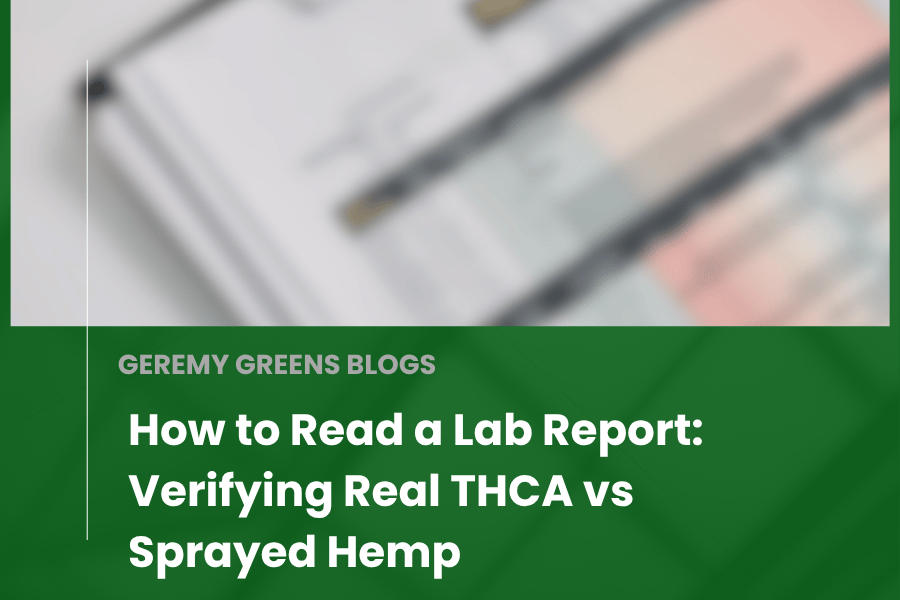
Con tantos productos de cáñamo llegando a los supermercados, los consumidores necesitan algo más que una marca llamativa para saber qué compran. Una de las herramientas más importantes para la transparencia es el COA (Certificado de Análisis), un informe de laboratorio que muestra el verdadero contenido de la flor. Pero aquí está el truco: no todas las flores con THCA son iguales. Algunos vendedores hacen pasar cáñamo pulverizado como un producto de alta potencia. Si quieres evitar las malas hierbas y comprar con confianza, esta guía explica cómo leer un informe de laboratorio y detectar el THCA auténtico en todo momento.
Por qué esto es importante
El cáñamo pulverizado se elabora recubriendo flores de CBD con bajo contenido de THC con destilado de Delta-8, Delta-9 o THCA. Puede que presente un alto contenido de THC/THCA, pero la flor en sí no es naturalmente potente; simplemente ha sido alterada químicamente.
Por otro lado, la flor de THCA real se cultiva para producir altos niveles de THCA en los tricomas naturales de la planta , no se agrega después.
Lata de flores rociadas:
-
Arde con dureza
-
Olor o sabor extraño
-
Desencadenar riesgos legales
-
Engañar a los consumidores
Qué buscar en un COA (informe de laboratorio)
Aquí están las secciones clave que le ayudarán a identificar flores reales y rociadas :
✅ Perfil de cannabinoides
-
El THCA total debe ser alto (15–30%)
-
El delta-9 THC debe ser inferior al 0,3 % (para seguir cumpliendo con las normas del cáñamo)
-
El CBD debe ser muy bajo o casi indetectable.
Las flores rociadas suelen tener un alto contenido de CBD al principio. Si observas tanto CBD como THCA, es una señal de alerta.
✅ Perfil de terpenos
La flor de THCA real tendrá un espectro de terpenos robusto : múltiples terpenos como mirceno, limoneno y cariofileno en cantidades significativas (1,5–3 % en total).
El cáñamo rociado a menudo tiene poco o ningún contenido de terpenos.
✅ Contenido de humedad / Apariencia
Busque notas o documentación adjunta sobre:
-
Humedad % : La flor real debe estar en un rango de curado normal (8–12%)
-
Elementos visuales : Algunos certificados de autenticidad incluyen fotografías de material de muestra.
Las flores rociadas pueden verse aceitosas, demasiado brillantes o con una cubierta desigual.
Banderas rojas en un informe de laboratorio
-
Alto contenido de CBD + alto contenido de THCA = probablemente rociado
-
Falta el perfil de terpenos
-
Sin acreditación de laboratorio ni número de lote
-
Fuente de destilado mencionada
-
Datos de COA inconsistentes entre lotes
Consejos para verificar su producto
-
Solicite siempre un COA de panel completo (no solo de cannabinoides)
-
Verifique el nombre y el número de licencia del laboratorio
-
Códigos QR o enlaces de referencia cruzada para confirmar la autenticidad
-
Compare el COA con la genética conocida de la cepa : si normalmente es una cepa de CBD pero muestra un 28 % de THCA, algo anda mal.
El resultado final
No todas las flores de THCA son legítimas. Algunas son cultivadas de forma genuina y ricas en terpenos y cannabinoides. Otras son rellenos de baja calidad rociados con una cantidad alta en la etiqueta.
Aprende a leer un informe de laboratorio y nunca más te quemarás.
Preguntas frecuentes: Informes de laboratorio y cáñamo pulverizado
P: ¿Puedes saber si una flor ha sido rociada con solo mirarla?
A veces, puede tener un aspecto brillante, pegajoso o anormalmente denso. Pero un informe de laboratorio es la forma más fiable de comprobarlo.
P: ¿Es legal el cáñamo pulverizado?
R: Es una zona gris. Muchas jurisdicciones consideran que las flores pulverizadas no cumplen con la normativa, especialmente si el THC total supera los límites.
P: ¿Todas las marcas legítimas publican COA de panel completo?
R: Los mejores sí lo hacen. Busca certificados de autenticidad (COA) con cannabinoides, terpenos, contenido de humedad y pruebas de seguridad.
P: ¿Qué es una prueba de panel completo?
R: Un COA que incluye no sólo cannabinoides, sino también terpenos, pesticidas, metales pesados, micotoxinas y más.
P: ¿Es seguro fumar cáñamo pulverizado?
R: Puede contener disolventes residuales o contaminantes del destilado. No se recomienda si valora la calidad o la seguridad.
Sin comentarios
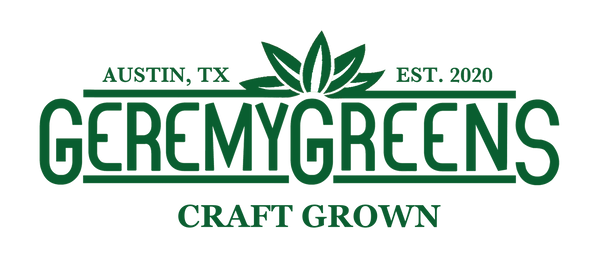
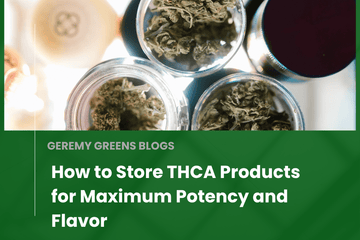
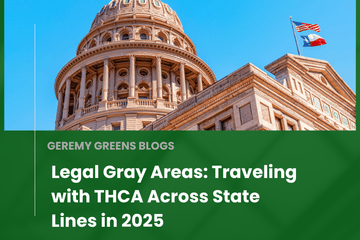
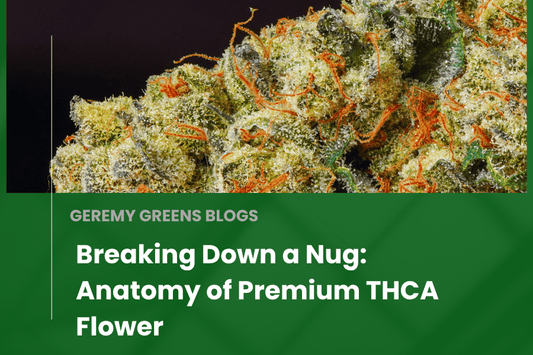
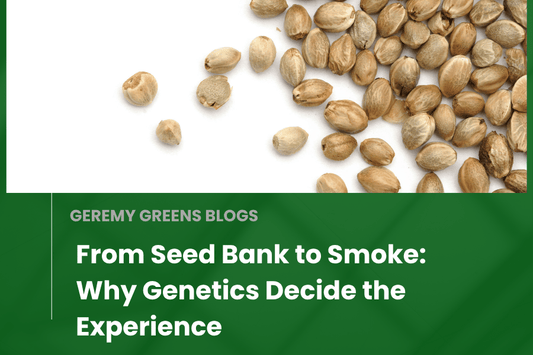
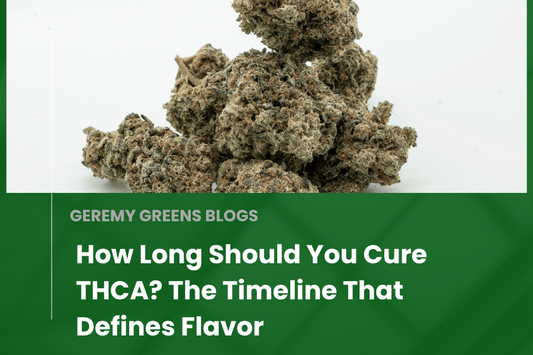



0 comentarios